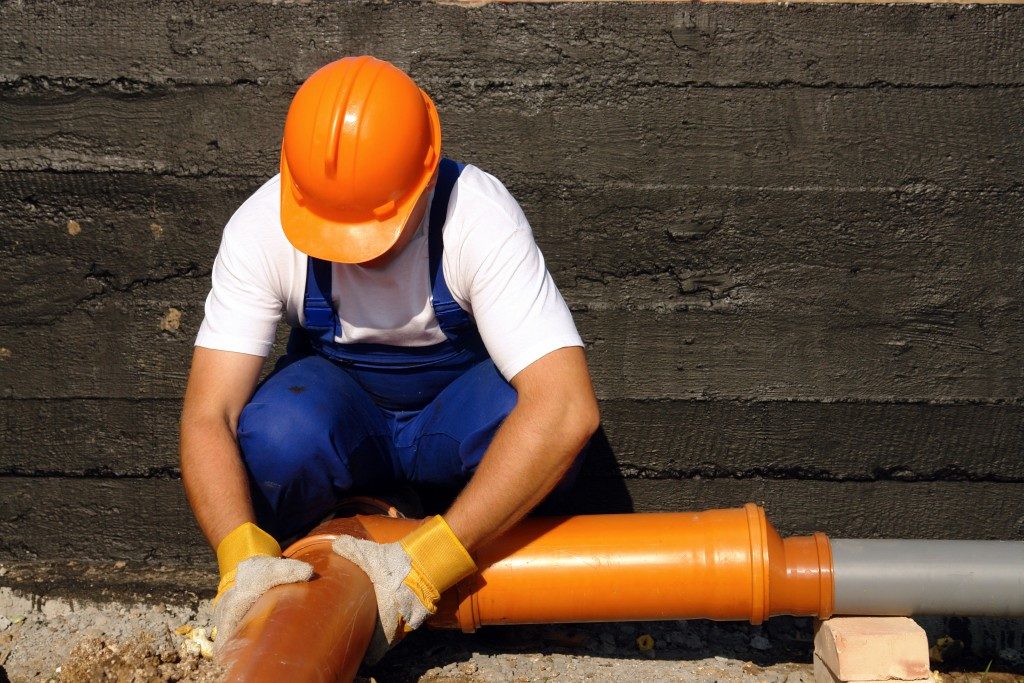Some homeowners would ever decide to dig their yard up to see their sewer pipes. Pipe assessment has never been something people do without circumstances necessitating it. Only when toilets no longer flush and wastewater fails to go down do they start wondering. It is with good reason, too. Replacing sewer pipes comes with a high cost. You do not want to destroy your landscaping without a good cause.
When it comes to sewer repair services in Franklin, Indiana, and other locations, it helps to know the types of pipes you have. That way, you can decide if you’ll keep the pipes or replace them. Note that in most cases, the age of your home corresponds with the type of pipe it has. Older homes will have sewer pipes made of Orangeburg, cast iron, and clay. Newer homes have plastic, clay, and cast iron. Below are the different types of pipes discussed in detail.
Plastic
Plastic sewer pipes used in underground home installation can either be ABS or PVC. Homeowners prefer these two types because their exteriors are smooth and their carrying capacity for solid waste is high. The surface helps resist damage by roots. Plastic pipes are popular among crafty homeowners who like to work on their lawn projects themselves. Since the pipe is lightweight and inexpensive, they can afford to risk some activity in their yard. As an extra benefit, one can tie plastic pipes into clay pipes and cast-iron pipes.
Cast iron
Cast iron is mostly found in old homes. It is popular for its strength. A pipe that is four inches in diameter can withstand more than two pressure tons per foot. Other materials such as PVC, ABS, and clay would break under the same circumstance. Cast iron is bulky and difficult to install. One needs to notify professionals early enough to bring the necessary tools. The material is not flammable, so the homeowner will have peace of mind knowing that in case of a fire, the pipe will remain intact.

Clay
There are installation companies that still use vitrified clay. However, most homeowners with clay sewer pipes prefer getting them replaced with other materials. Clay pipes are tricky to find because many retailers do not stock it. This means during repair, you will have a hard time getting a replacement. One of the great benefits of this type of pipe is its resistance to chemical reactions and degradation. However, the porosity of the clay surface will attract roots that may eventually cause cracks on the pipes.
Orangeburg
Orangeburg sewer pipes are not standard. Frequently, you find this pipe collapsing after digging up a problematic sewer line. The material is made of wood fiber, connected using water-resistant adhesives, and impregnated with tar. Plumbers loved Orangeburg because it is lightweight and the installation is easy. The material is then bedded in pea gravel and sand to reduce stress and keep the installation functional for longer.
Properties built in the 1950s or earlier will most likely have cast iron or clay sewer pipes. The two can remain useful as long as there are no leaks. Orangeburg, however, may need replacing even though it appears to work as it should. If you are unsure of the way to proceed, you can request for a non-invasive inspection. Here, professionals will use video technology and imaging to assess the condition of your pipes, as well as recommend the appropriate action.

